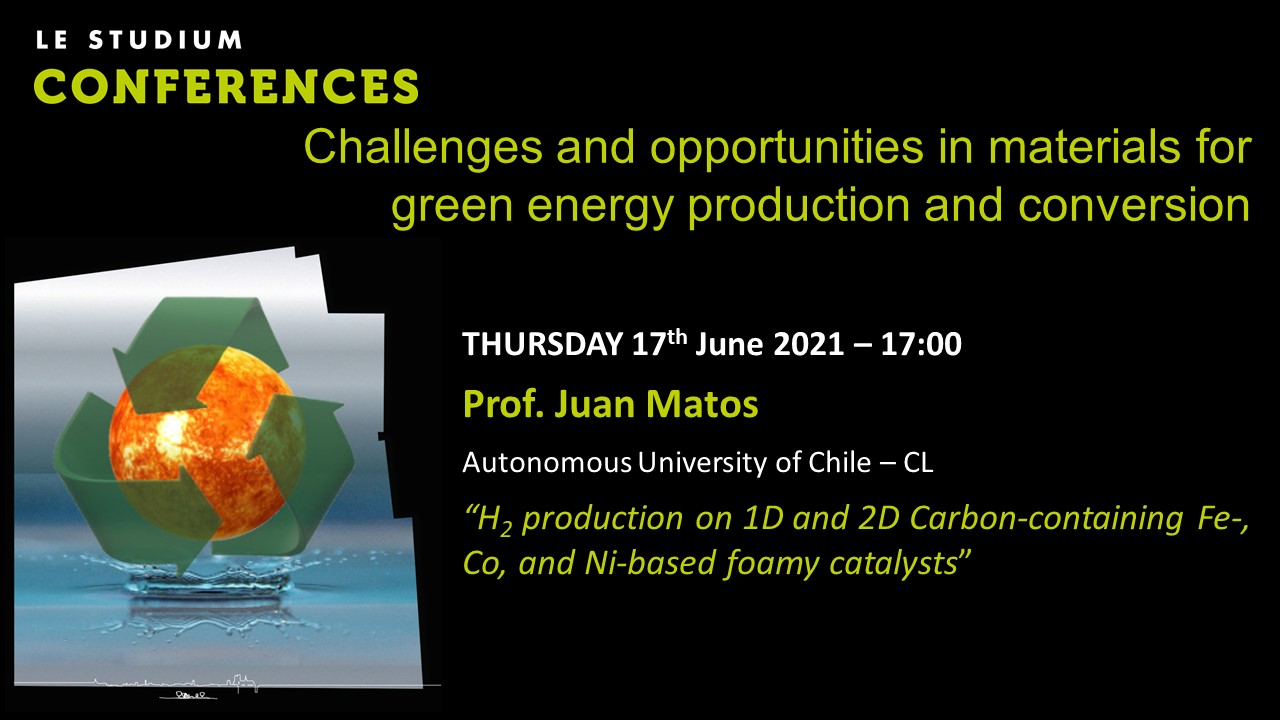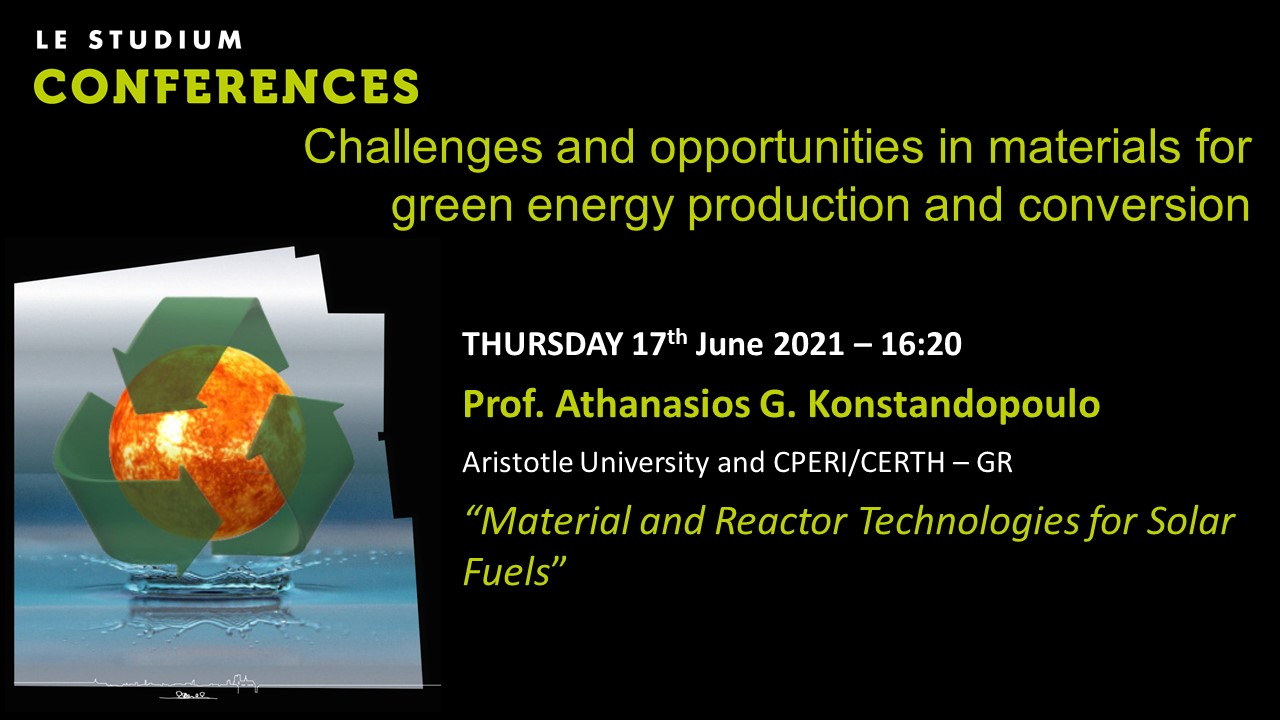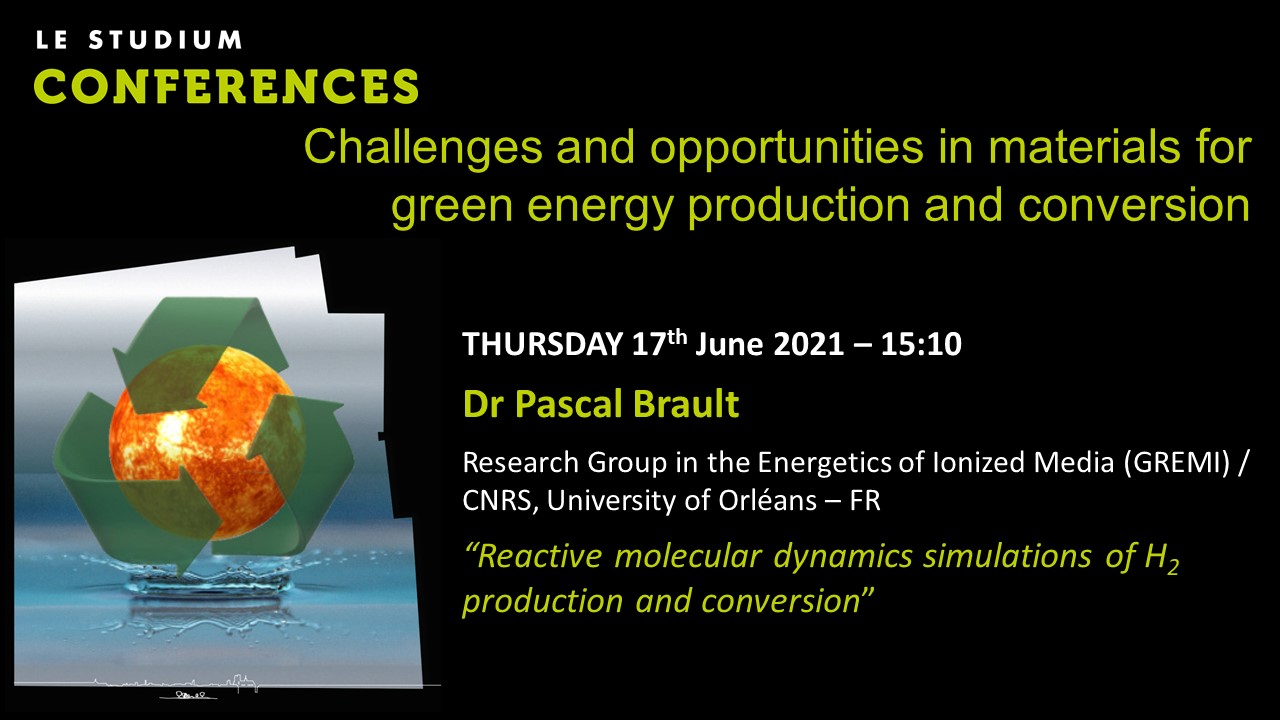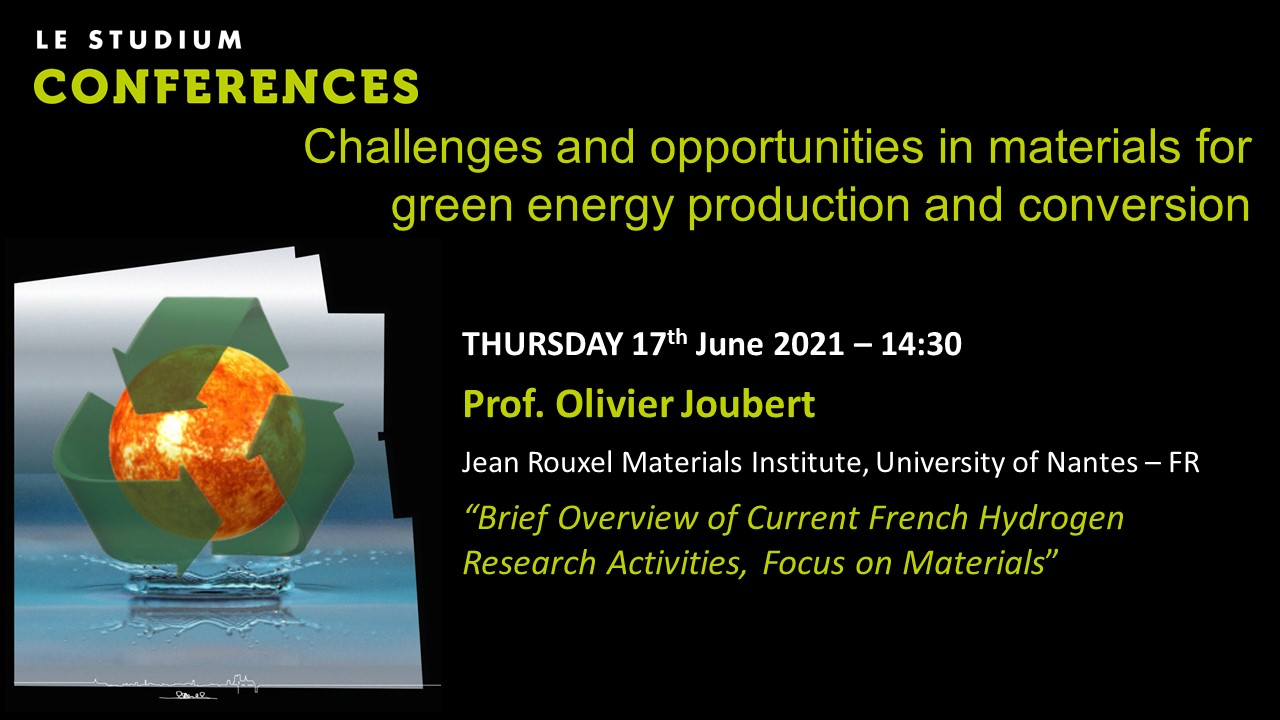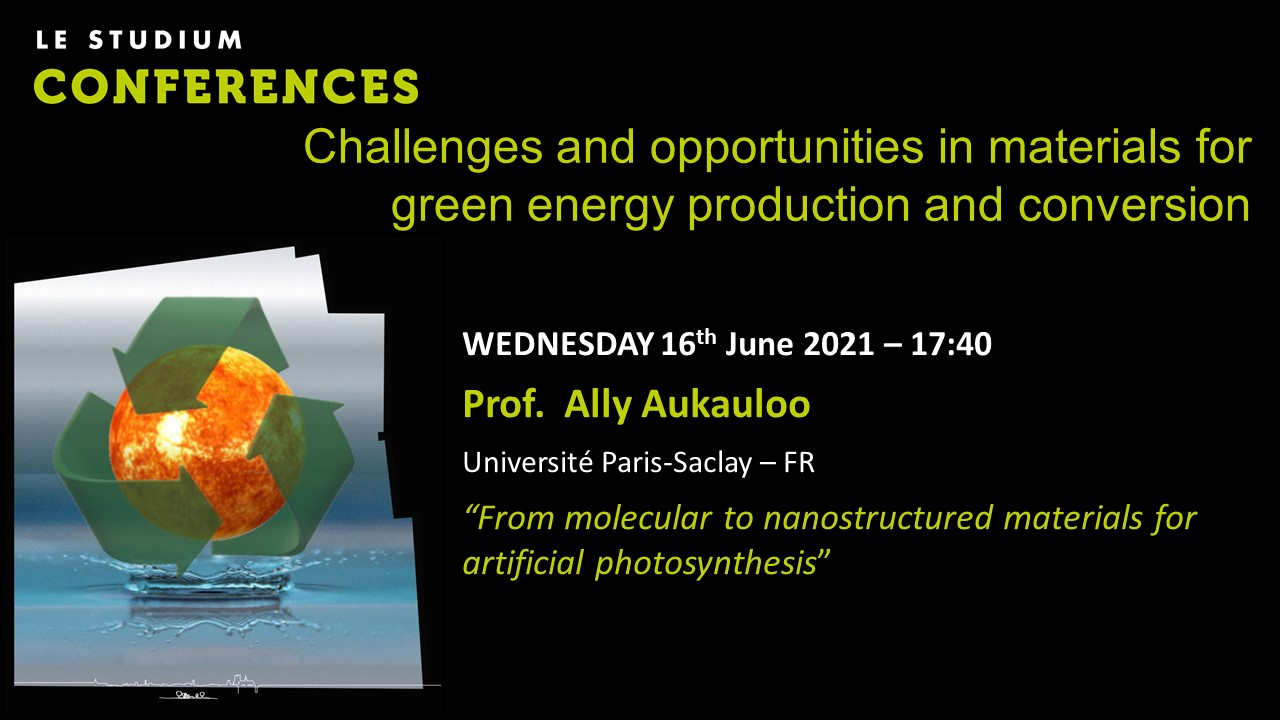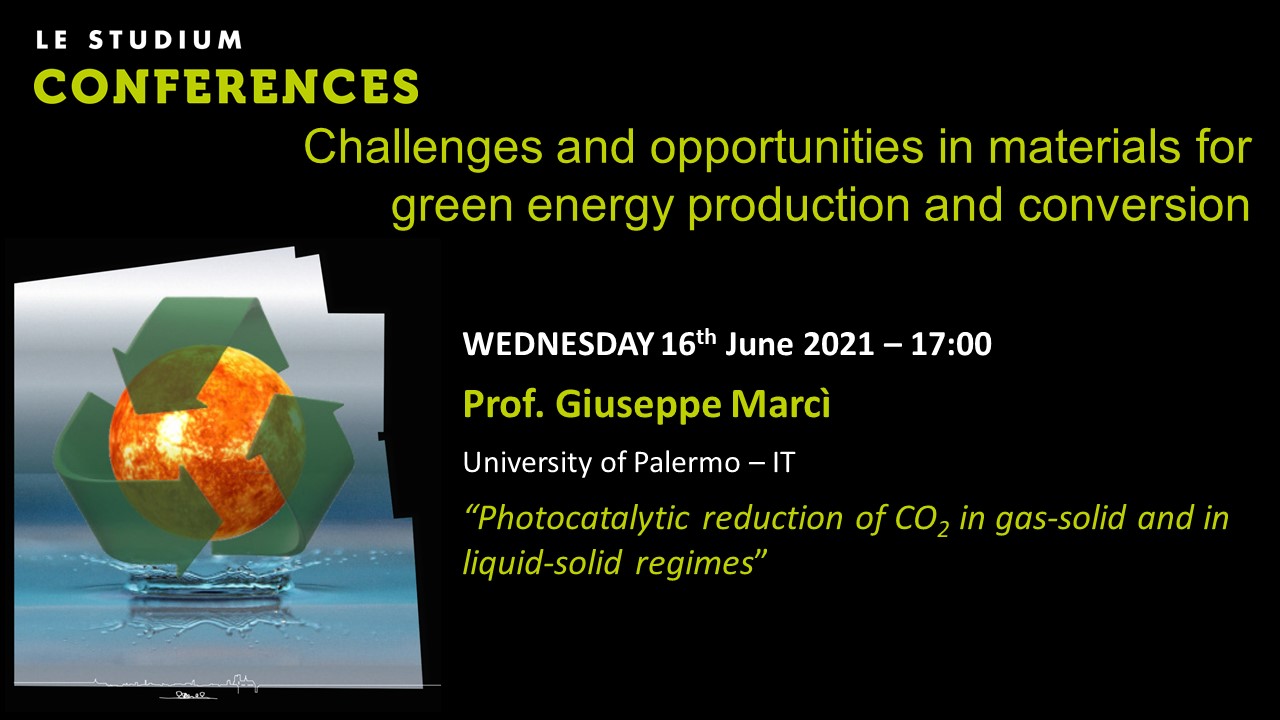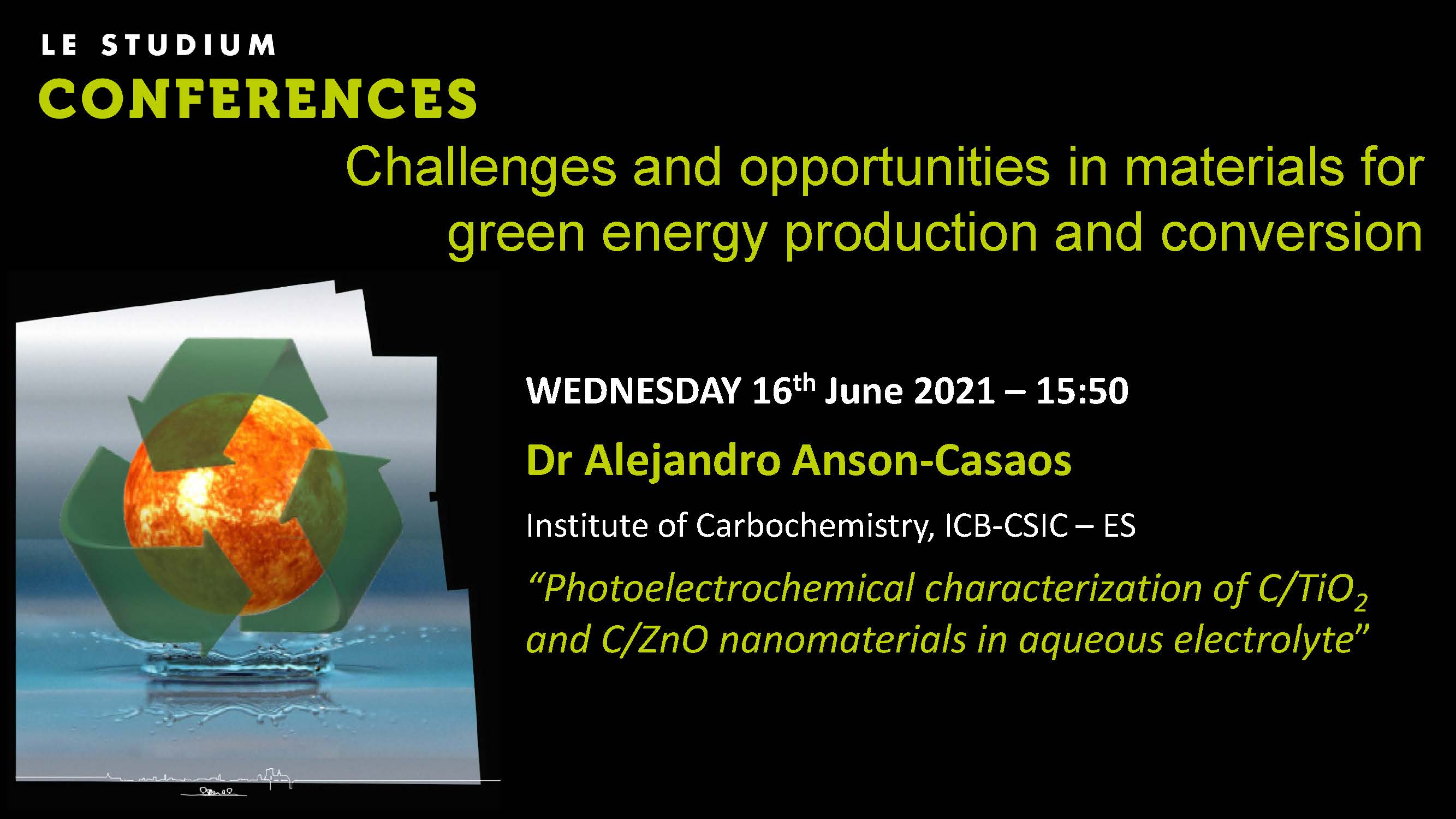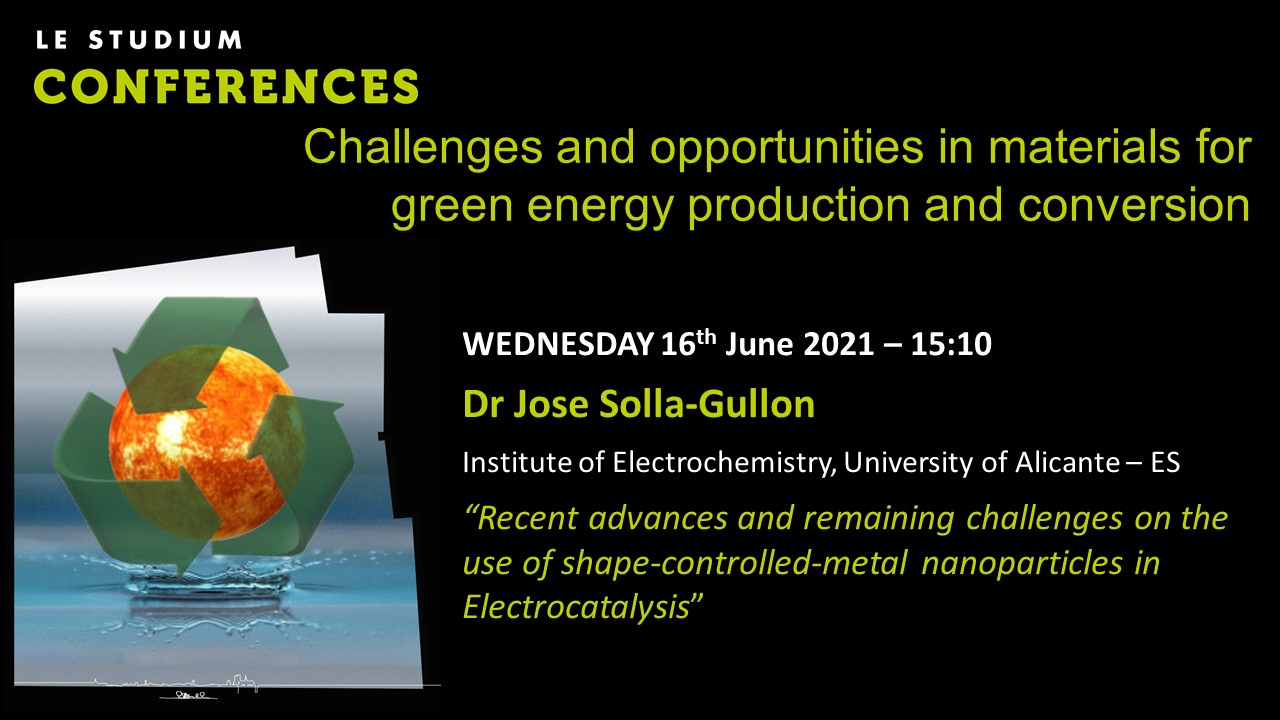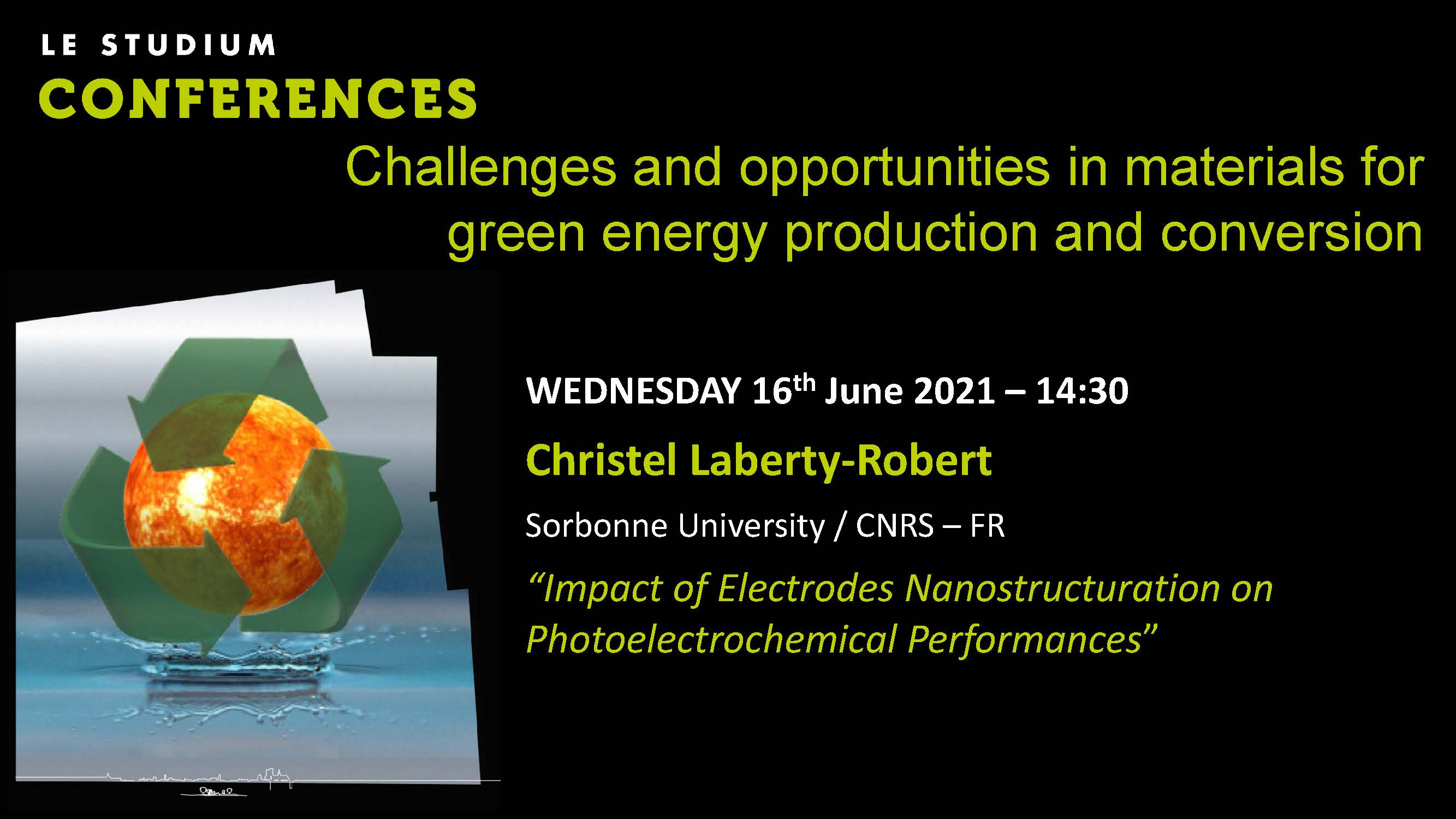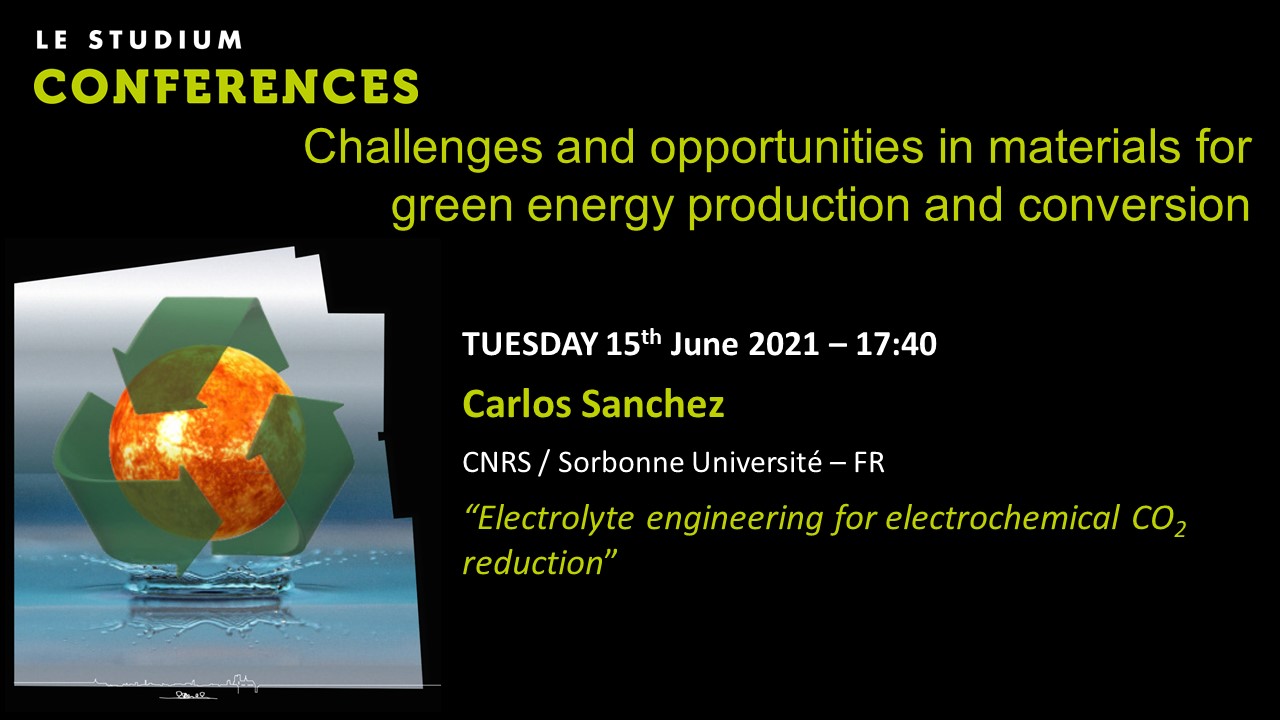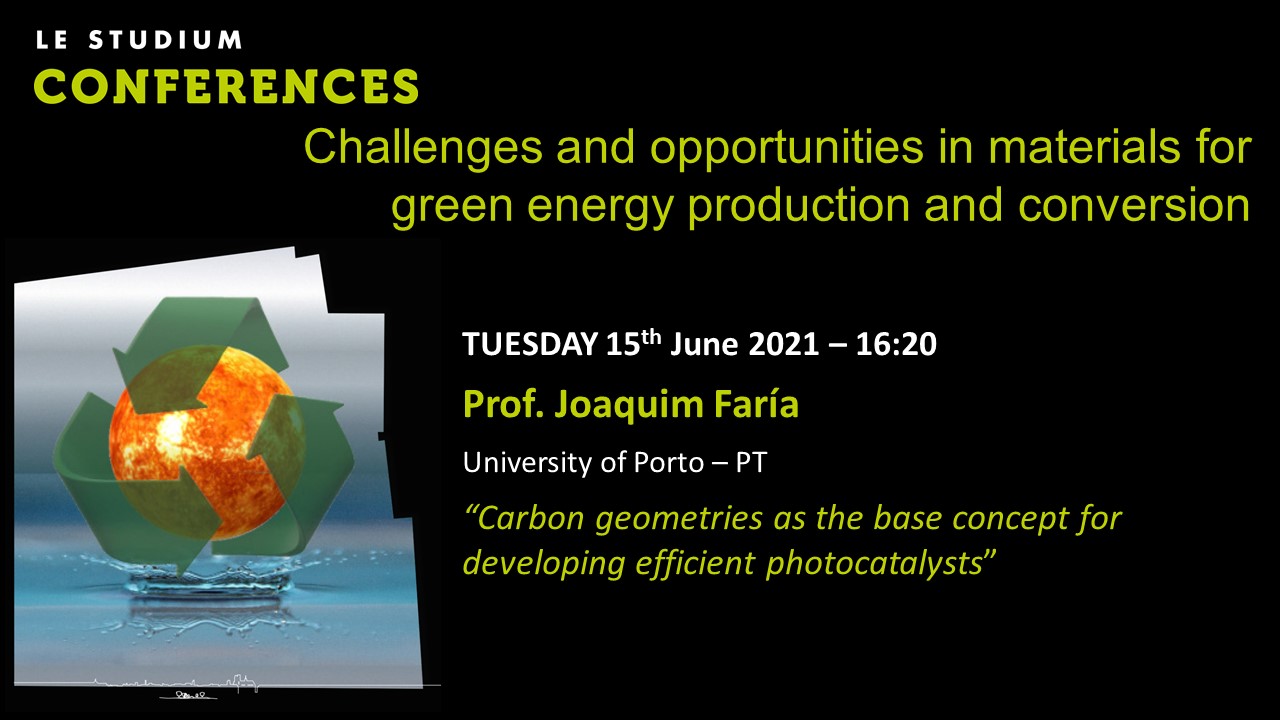Notice
Sixto Malato - Solar photocatalytic hydrogen production at pilot scale
- document 1 document 2 document 3
- niveau 1 niveau 2 niveau 3
Descriptif
Solar energy iswell-recognized as a sustainable and clean energy source. Among the variousapproaches to solar energy conversion, solar-driven hydrogen production is oneof the most promising ways to convert solar energy into hydrogen, a storablefuel. Hydrogen is undoubtedly one of the most attractive renewable alternativesto fossil fuels for a number of reasons: (i) hydrogen can be safely stored;(ii) it is an excellent energy carrier since it can store 3 times as muchenergy as conventional natural gas; (iii) its combustion is environmentallyfriendly (no release of greenhouse gases or hazardous by-products). However,the production of hydrogen currently relies in steam reforming of CH4 and CO,and thus, involves the consumption of fossil fuel energy and the emission ofgreenhouse gases. There are efforts to find alternative renewable technologiesto produce hydrogen, the so-called green hydrogen.
It is well-knownthat the efficiency of heterogeneous photocatalysis for hydrogen generationfrom water splitting is quite low. The efficiency of photocatalysis hydrogengeneration can be improved by using aqueous sacrificial agents (organicelectron donors) dissolved in water. Industrial wastewater containing highconcentrations of methanol/glycerol/formic acid have been used as feedstock.Effluents from municipal wastewaters could also be used, as they would containdozens of mg/L of organic load. This means that in a simultaneous process,hydrogen generation and contaminants removal can take place. It is important tonotice that the application of this technology has a double purpose: first, toproduce a clean fuel such as hydrogen and, second, to treat, reduce the organicload and decontaminate wastewater in certain extent.
Dans la même collection
-
Juan Matos - H2 production on 1D and 2D Carbon-containing Fe-, Co, and Ni-based foamy catalysts.
C-containing Fe-, Co-, and Ni-based catalysts have been synthesized from the controlled pyrolysis of saccharose. The topological properties of the 2D materials were significantly different from
-
Athanasios G. Konstandopoulos - Material and Reactor Technologies for Solar Fuels
The synthesis of carbon-neutral/zero-carbon footprint fuels via solar thermochemical processes (“Solar Fuels”) represents a promising approach for the realization of a sustainable energy future.
-
Pascal Brault - Reactive molecular dynamics simulations of H2 production and conversion
Since H2 production and conversion efficiencies can be improved and monitored at the molecular scale, reactive molecular dynamics simulations (rMDS) are expected to be of great promise for
-
Olivier Joubert - Brief Overview of Current French Hydrogen Research Activities, Focus on Materials
Twenty years ago, the French scientific community working in the field of hydrogen, started to federate under the leadership of the CNRS. It took the form of successive Research Grouping (GdR)
-
Ally Aukaloo - From molecular to nanostructured materials for artificial photosynthesis
Inspired by chemical subtleties at the active sites of enzymes dealing with the CO2 management in our biosphere, we will discuss on how hydrogen bonding and electrostatic effects may thrive the
-
Giuseppe Marci - Photocatalytic reduction of CO2 in gas-solid and in liquid-solid regimes
The increasing CO2 level in the atmosphere is a global environmental problem; therefore, the development of efficient catalytic processes for CO2 reduction is a challenge. Heterogeneous photo
-
Alejandro Anson-Casaos - Photoelectrochemical characterization of C/TiO2 and C/ZnO nanomaterials in…
Carbon nanostructures, including single-walled carbon nanotubes, reduced graphene oxide, and carbon dots, are inserted in TiO2 and ZnO photoanodes with the aim of improving their activity. For the
-
José Solla-Gullon - Recent advances and remaining challenges on the use of shape-controlled-metal n…
The incorporation of shape-controlled metal nanoparticles in Electrocatalysis is contributing significantly to a better understanding of the correlations between surface structure and
-
Christel Laberty-Robert - Impact of Electrodes Nanostructuration on Photoelectrochemical Performanc…
Hydrogen is presented by some industrialists and managers as a potential pillar of the ecological transition, particularly in the context of transport (hydrogen-powered cars, hydrogen-powered
-
Carlos Sanchez - Electrolyte engineering for electrochemical CO2 reduction
Ionic liquids (ILs) in electrocatalysis have attracted a lot of attention from the seminal work of Rosen et al. [1] where they achieved a relevant overpotential decrease for CO2 reduction reaction
-
Joaquim Faria - Carbon geometries as the base concept for developing efficient photocatalysts
During the past several decades' new carbon allotropes have been accounted for and synthesised. Many notable breakthroughs include exciting works on synthesis, functionalisation, characterisation
-
Geyla Dubed Bandomo - CO2 conversion with {Mn(CO)3Br} molecular sites into Covalent-Organic Framewo…
Effective large-scale CO2 conversion to fuels or value-added chemicals using renewable energies is critical to reduce our environmental impact [1]. To this end, better understanding of the CO2

